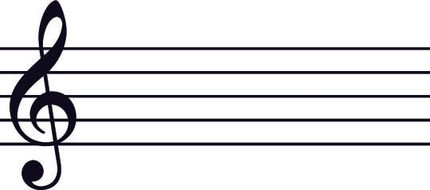2 min read
Do you need a music practice lifehack?
We all know that to be skilled at anything, you have to practice. When we start learning a skill - in this case a musical instrument - we have never-ending enthusiasm and resolve. Then something else becomes a priority and our good intentions go to pot. In short, life gets in the way.
22 Dec, 2020









